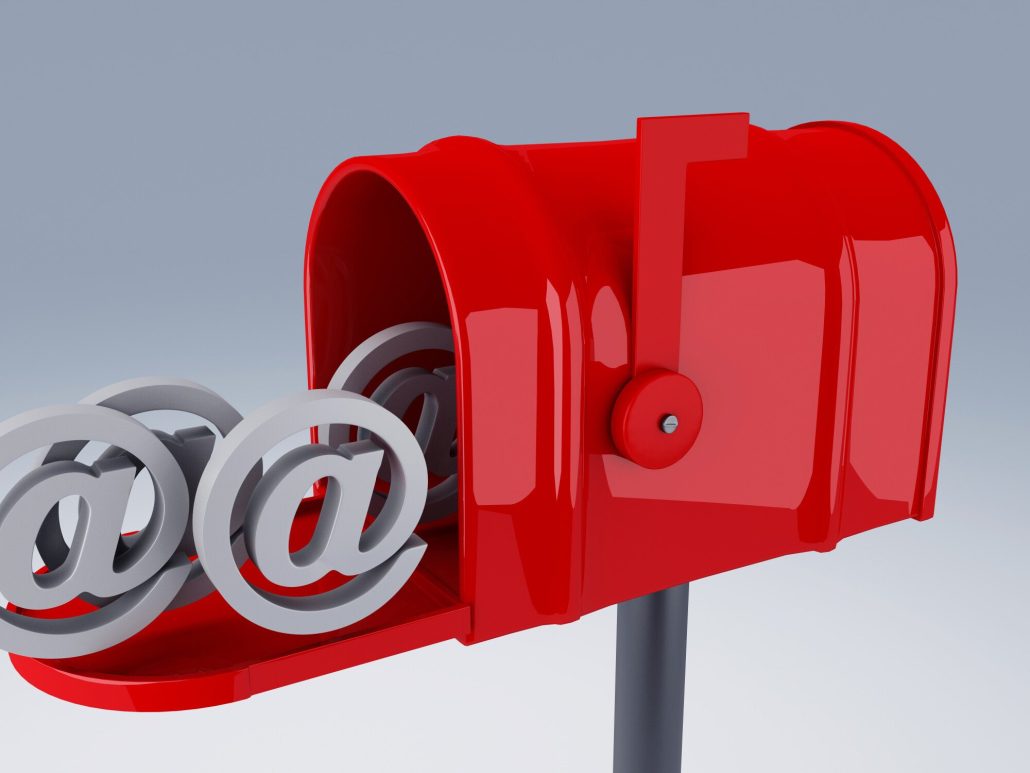Key Considerations for Small Businesses: What You Need to Know
Thriving in the dynamic landscape of small business requires a keen understanding of essential elements. From establishing a digital footprint to mastering customer interaction, here are crucial insights that every small business should grasp.
1. Leveraging Digital Presence: Crafting a Website
A robust online presence is indispensable for small enterprises in the modern era. A professionally designed, user-friendly website acts as a virtual storefront, providing a glimpse into your offerings. Investing in a well-crafted website enhances credibility and broadens your audience reach. Ensure your website is mobile-responsive, optimized for search engines, and effectively communicates your brand’s unique value proposition. An affordable website design for small businesses ensures a compelling online presence without compromising budget constraints.
2. Customer Insight: Targeted Marketing Approaches
Knowing your target audience is paramount to business success. Conduct thorough market research to discern customer needs, preferences, and pain points. Tailor your marketing strategies accordingly, utilizing social media, email campaigns, and other digital channels. Personalized and targeted marketing attracts potential customers and nurtures lasting relationships.
3. Financial Acumen: Budgeting and Financial Oversight
A robust financial strategy forms the backbone of small business success. Develop a comprehensive budget covering startup costs and ongoing expenses. Regularly monitor and analyze financial performance to identify areas for improvement. A strong grasp of financial matters enables informed decision-making, facilitates funding acquisition, and bolsters resilience during economic uncertainties.
4. Integration of Technology: Streamlining Operations
Incorporating technology into your business operations significantly enhances efficiency. Implement customer relationship management (CRM) systems, point-of-sale (POS) solutions, and other digital tools to streamline processes and minimize errors. Embrace innovation to remain competitive and ensure adaptability in a rapidly evolving marketplace.
5. Stellar Customer Service: Fostering Loyalty
Exceptional customer service is foundational to small business success. Prioritize customer satisfaction by actively seeking feedback, promptly addressing concerns, and exceeding expectations. Building robust customer relationships fosters loyalty and generates positive word-of-mouth marketing, a priceless asset for small businesses.
6. Legal Compliance: Navigating Regulations
Small businesses must stay abreast of local, state, and federal regulations. Compliance is vital to avoid legal complications, from obtaining business licenses to fulfilling tax obligations. Consult legal professionals to ensure your business structure is sound, contracts are well-constructed, and you are aware of industry-specific regulations.
7. Lifelong Learning: Adapting to Change
Successful entrepreneurs adopt a mindset of continuous learning. Stay informed about industry trends, market shifts, and emerging technologies. Participate in workshops, webinars, and networking events to connect with fellow business owners and gain valuable insights. Committing to ongoing education positions your small business to adapt and flourish in the face of evolving circumstances.
Conclusion
Diverse challenges and opportunities mark the journey of a small business. By focusing on these essential insights—from cultivating a compelling online presence to prioritizing customer service and maintaining financial discipline—small businesses can establish a resilient foundation for growth and long-term success in today’s competitive market.





